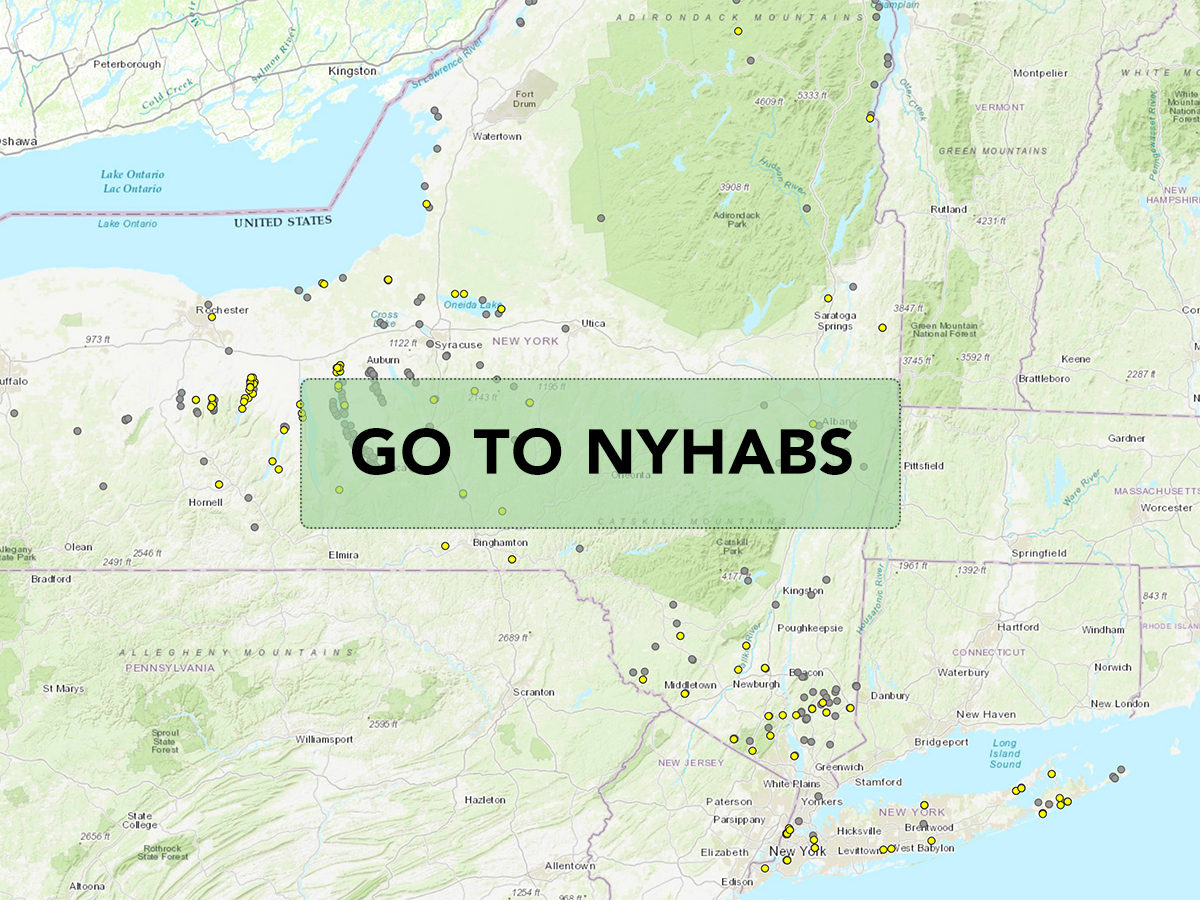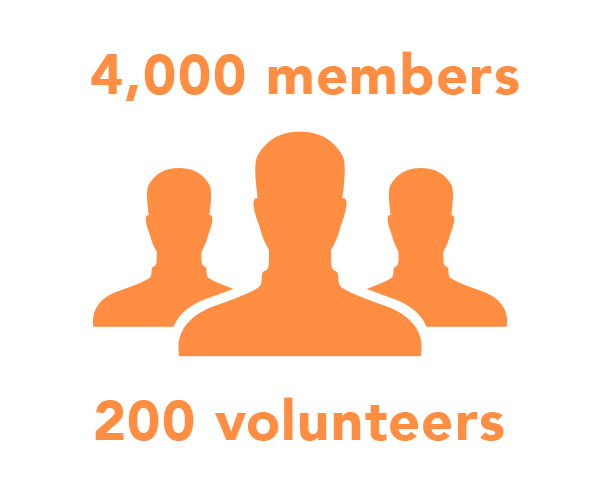This page was compiled by the Finger Lakes Land Trust to provide an organized collection of resources about toxic algae, or harmful algal blooms (HABs). Please also see our regional partners in the fight against toxic algae including watershed associations and local agencies. Contact us with your suggestions about useful resources to list here.
Report a bloom
If you suspect that you have seen a harmful algal bloom, report it to NYS DEC by submitting the Suspicious Algal Bloom Report Form. Attach digital photos (close-up and landscape to show extent and location) of the suspected HAB in the web form. Email HABsInfo@dec.ny.gov if you are not able to complete the form.
Find Reported Blooms
See the interactive map at NYHABS, hosted by the Department of Environmental Conservation, for the location of freshwater blooms reported in New York State during the current calendar year. The map distinguishes between reports within the last 2 weeks and archived reports from earlier in the season. There may be other waterbodies with HABs that have not been reported to DEC. For more on toxic algae outbreaks in New York State, see the DEC notifications page.
On the interactive map, see the report attached to each bloom marker. The reports include:
HAB status – suspicious, confirmed, or confirmed with high toxins. DEC uses visual observations, digital photographs, and laboratory sampling results to determine HAB status. Some HABs can produce toxins, some do not. However, exposure to any HABs can cause health effects in people and animals when water with blooms is touched, swallowed, or when airborne droplets are inhaled. Exposure to high levels of HABs and their toxins can cause diarrhea, nausea or vomiting; skin, eye or throat irritation; and, allergic reactions or breathing difficulties.
Extent of bloom – small localized, large localized, widespread or lakewide, open water. The extent of the bloom is a rough estimate of the size of the bloom within the waterbody and is recorded by monitoring program staff or from public reports.
Reported by – the user that submitted the report through NYHABS. Reports may come from the public or monitoring programs such as the Lake Classification and Inventory (LCI) Program, Citizen Statewide Lake Assessment Program, and partner monitoring programs.
Not included on the NYHABS map are the following:
Public beach closure and drinking water information – see DEC swimming page or your local health department.
HABs from previous years – visit the HABs Archive page to be aware of lakes that were listed on the notification page in previous years.
Other HABs – marine blooms, other types of algae blooms, and some HABs on Lake Champlain.
Toxic Algae Videos
Bloom: The Toxic Threat to the Finger Lakes
Produced by WCNY in collaboration with the Finger Lakes Land Trust
TOXIC ALGAE BROCHURES
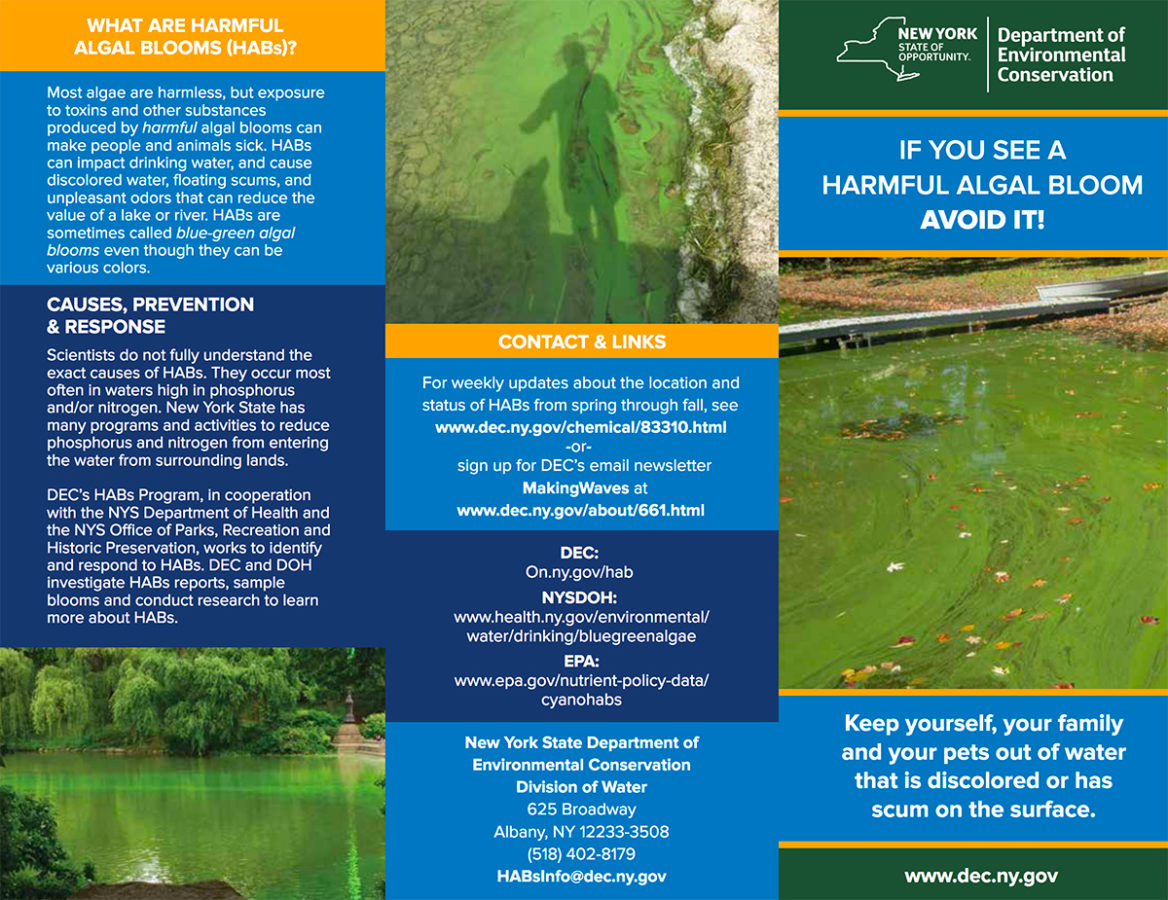 NYS DEC “If You See a Harmful Algal Bloom” Brochure (PDF)
NYS DEC “If You See a Harmful Algal Bloom” Brochure (PDF)
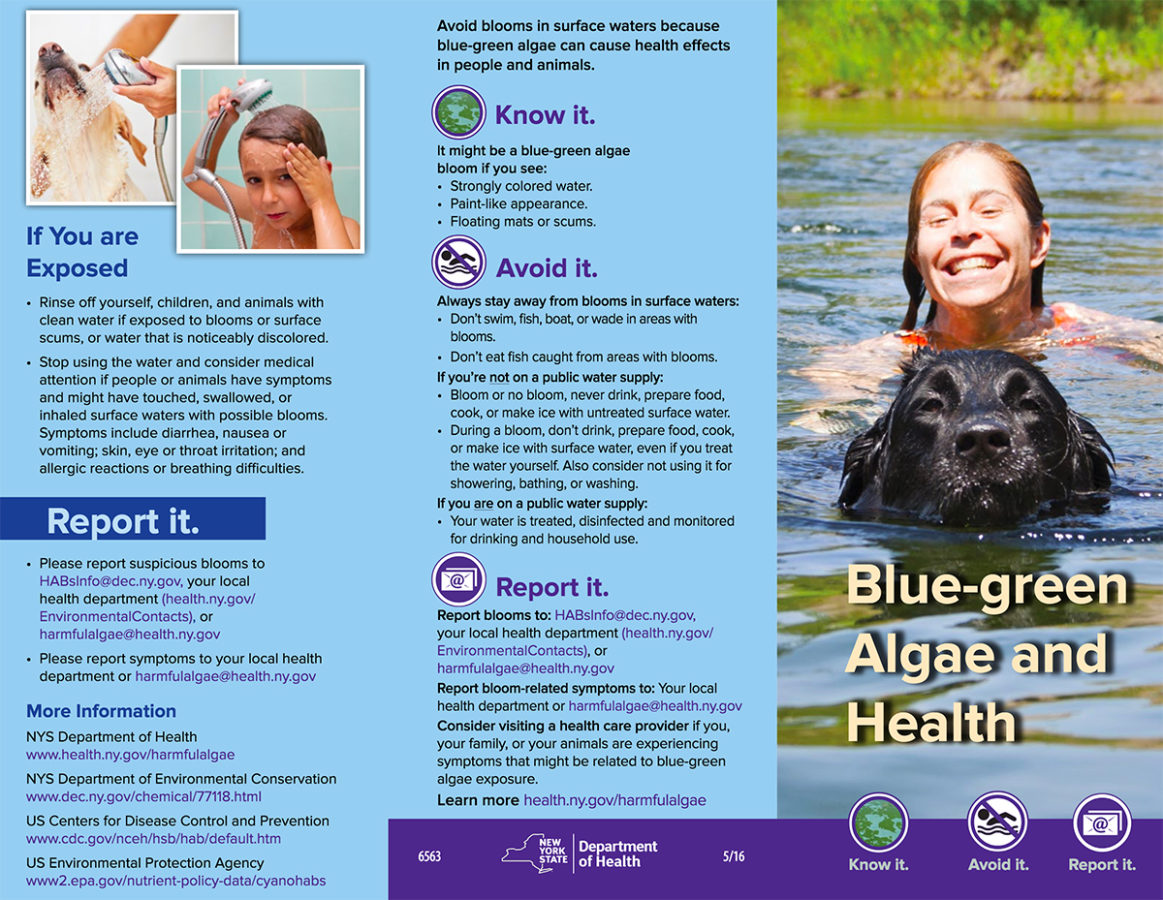 NYS DOH “Blue-Green Algae and Health” Brochure (PDF)
NYS DOH “Blue-Green Algae and Health” Brochure (PDF)
Government Sites
NYS Department of Environmental Conservation
NYS DEC Harmful Algal Blooms (HABs)
NYS DEC HAB Additional Information
NYS DEC Citizens Statewide Lake Assessment Program (CSLAP)
NYS DEC Lake Reports (All Counties)
NYS Department of Health
NYS DOH Harmful Blue-Green Algae Blooms
NYS DOH Frequently Asked Questions
NYS DOH Blue-green Algae and Health
US Environmental Protection Agency
US EPA Nutrient Pollution – Harmful Algal Blooms
US EPA Managing Cyanotoxins in Public Drinking Water Systems
US EPA Monitoring and Responding to Cyanobacteria and Cyanotoxins in Recreational Waters
US EPA Recommendations for Public Water Systems to Manage Cyanotoxins in Drinking Water
US NOAA HAB Research
Harmful Algal Bloom Operational Forecasting System (US NOAA)
Ecology and Oceanography of HABs (ECOHAB) (US NOAA NCCOS)
Monitoring and Event Response of HABs (MERHAB) (US NOAA NCCOS)
Prevention, Control, and Monitoring of HABs (PCMHAB) (US NOAA NCCOS)
Great Lakes Harmful Algal Blooms (HABs) and Hypoxia (GLERL)
Publications
NYS Publications
NYS DEC Harmful Algal Bloom Brochure (PDF)
NYS DEC Harmful Algal Bloom Program Guide (PDF)
NYS DOH Blue-Green Algae and Health Brochure (PDF)
NYS Sea Grant – Dogs and Harmful Algal Blooms (PDF)
“Harmful Algal Blooms: Colorful Threats” – NYS Conservationist (PDF, p. 12)
“Skaneateles Lake: Protecting a Shared, Vital Resource” – NYS Conservationist (PDF, p. 27)
Toxic Algae Articles
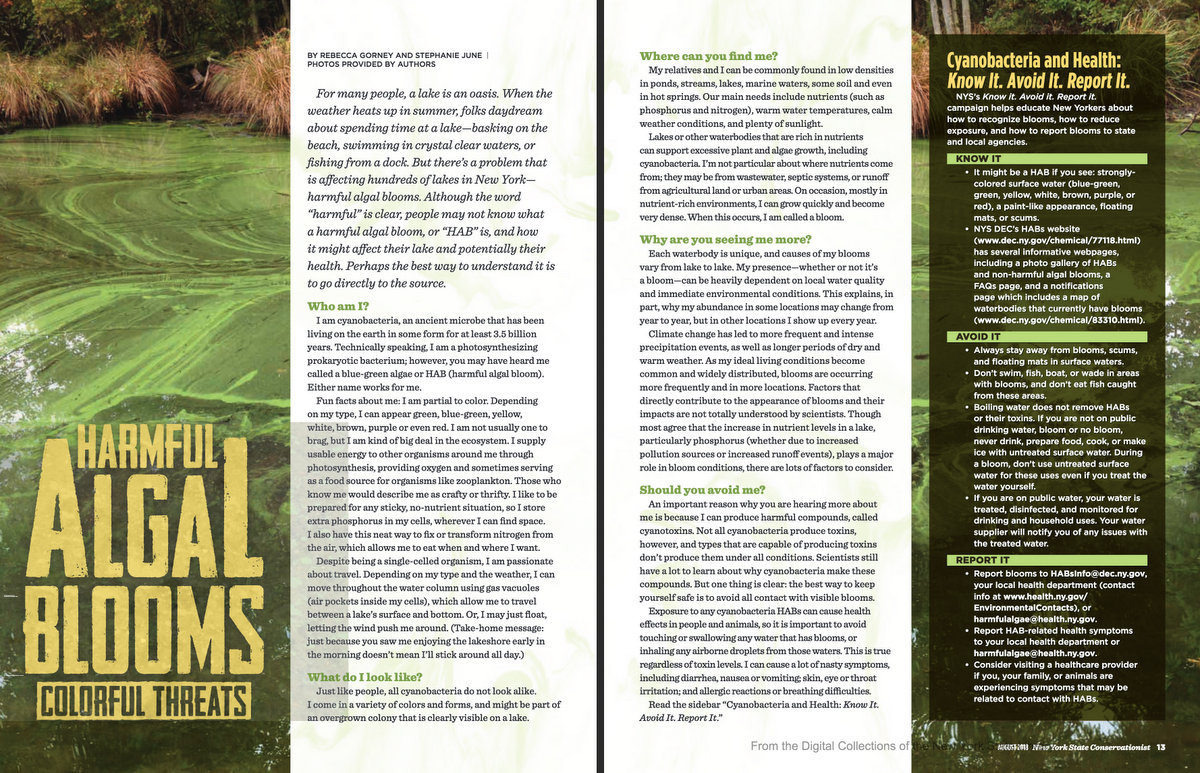 “Harmful Algal Blooms” in NYS Conservationist (PDF, scroll to page 12)
“Harmful Algal Blooms” in NYS Conservationist (PDF, scroll to page 12)
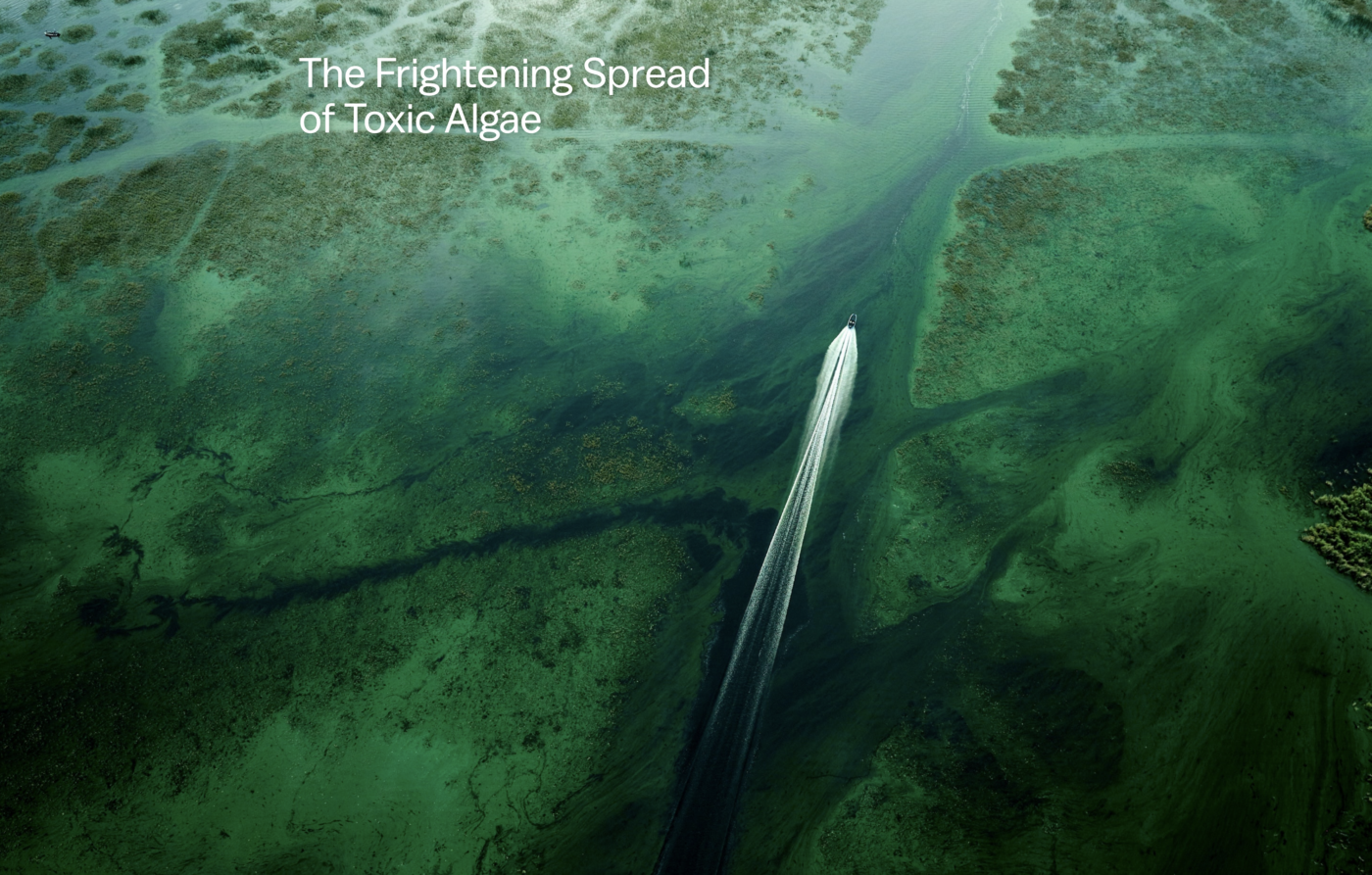 “The Frightening Spread of Toxic Algae” – The New Republic (PDF)
“The Frightening Spread of Toxic Algae” – The New Republic (PDF)
Finger Lakes Land Trust Publications
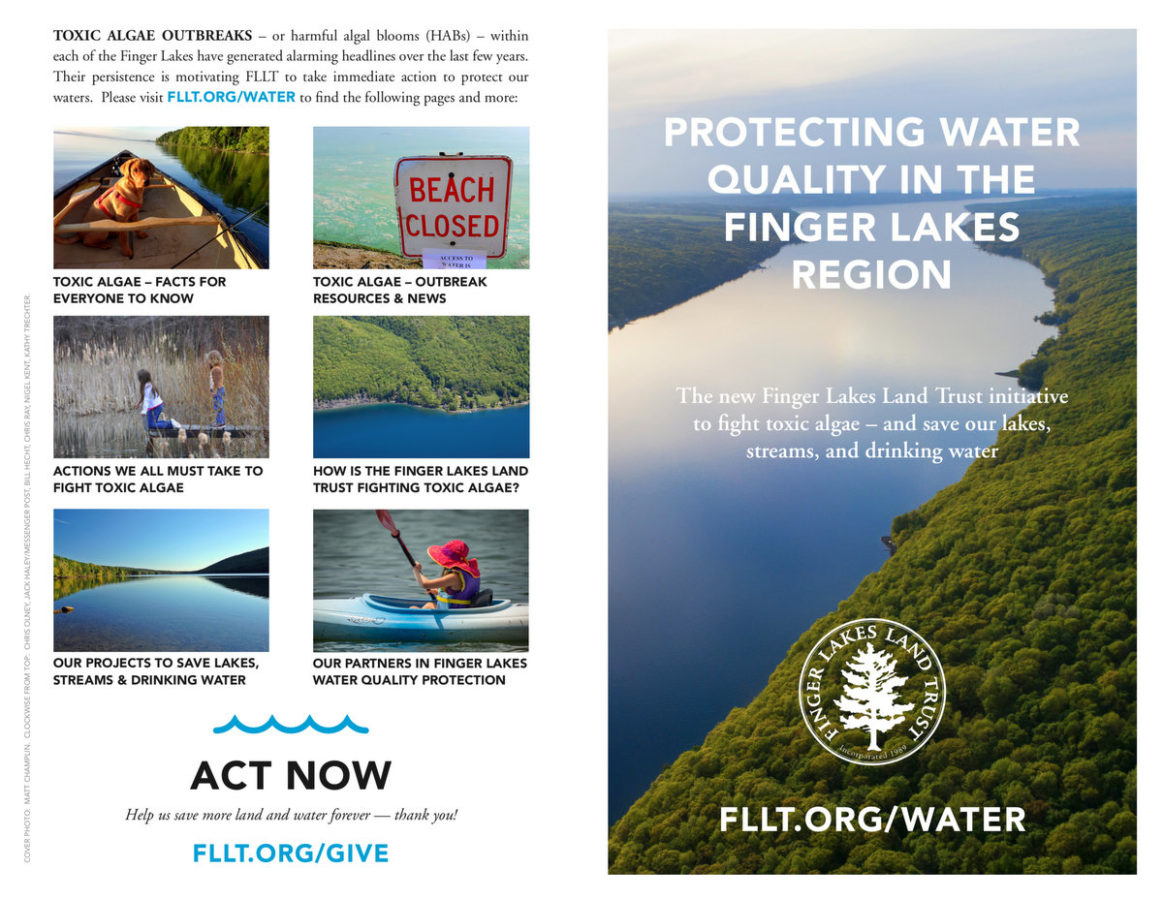 “Protecting Water Quality in the Finger Lakes Region” – Our 5-Point Initiative (PDF)
“Protecting Water Quality in the Finger Lakes Region” – Our 5-Point Initiative (PDF)
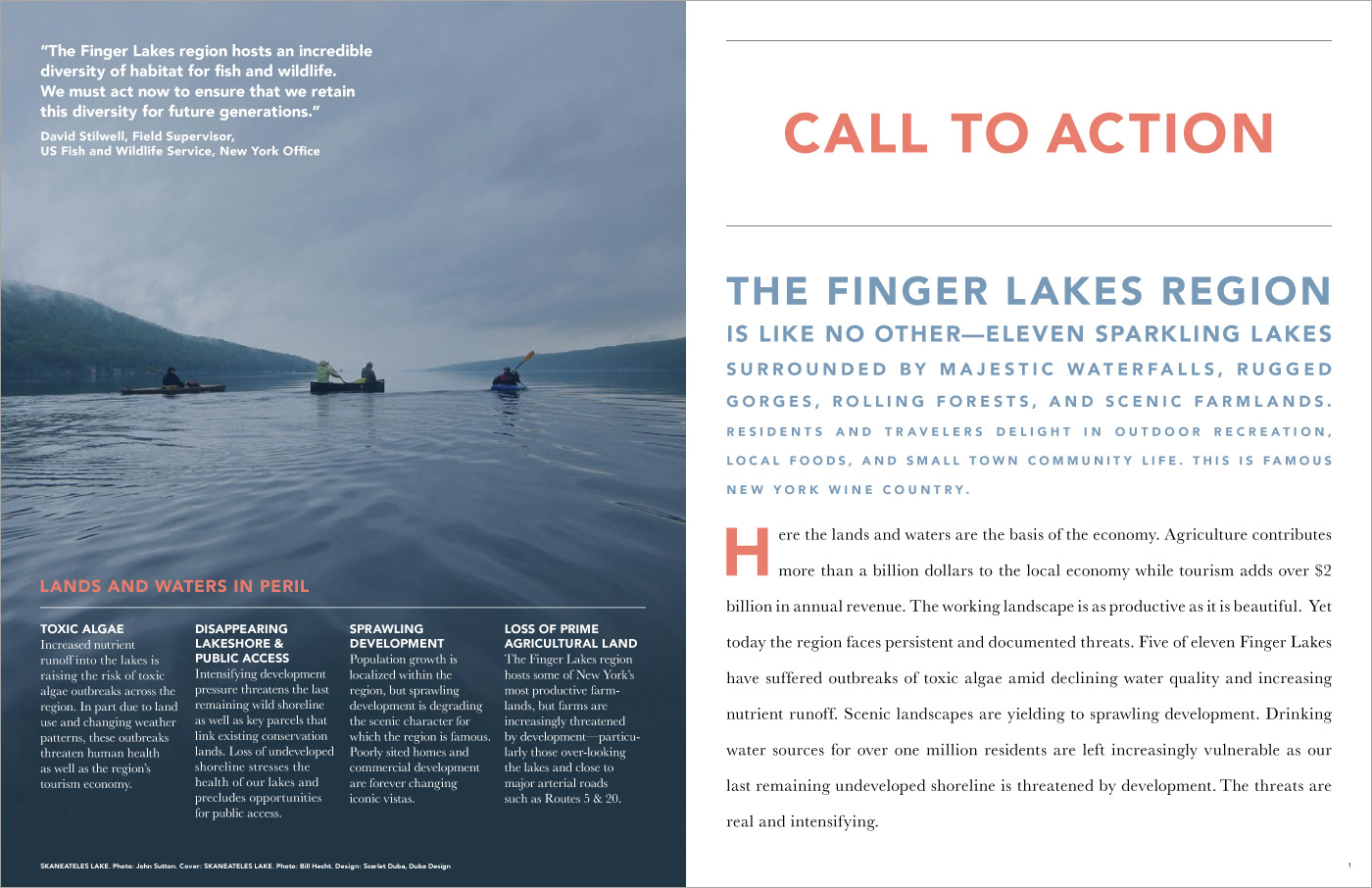 “Lakes, Farms, and Forests Forever” – Our Regional Conservation Agenda (PDF)
“Lakes, Farms, and Forests Forever” – Our Regional Conservation Agenda (PDF)
Toxic Algae Maps
News Reports of Algae Blooms, 2010 to Present – Environmental Working Group
New York State HABs Map – NYS DEC
Toxic Algae Radio
Capitol Pressroom – Listen to FLLT Executive Director Andy Zepp discuss water quality in the Finger Lakes including toxic algae and our Water Quality hub. This segment entitled “Protecting Water Quality in the Finger Lakes” first aired on October 10, 2019.
More from the Finger Lakes Land Trust
Toxic Algae in the Finger Lakes
Toxic Algae Facts for Everyone to Know
Actions We All Must Take Together to Fight Toxic Algae
How is the Finger Lakes Land Trust Fighting Toxic Algae?
Finger Lakes Land Trust Water Quality hub
Also see the archive of press coverage about our Regional Conservation Agenda including articles highlighting the toxic algae threat.
ACT NOW
Help the Land Trust protect more land and water forever
Make your gift to the Finger Lakes Land Trust to advance our work protecting sensitive lands and waters, and increasing regional public awareness of the toxic algae threat.

